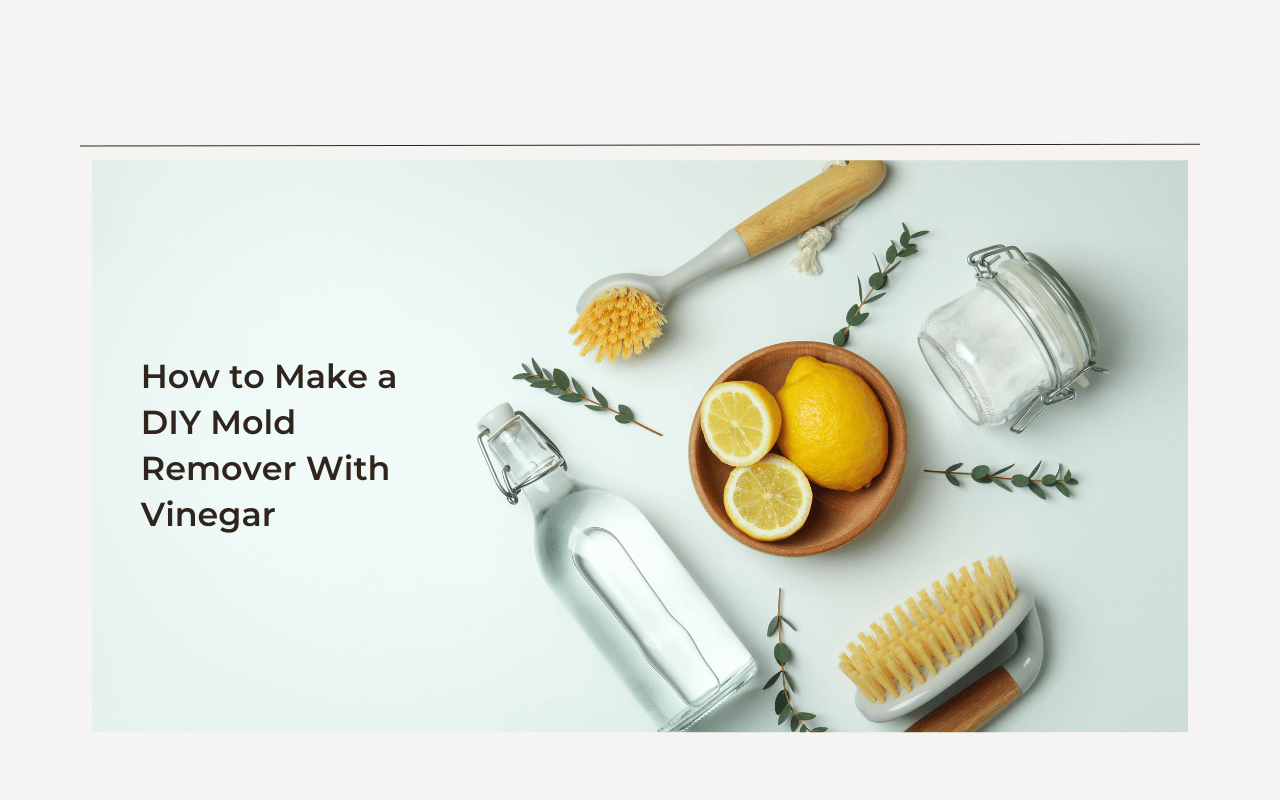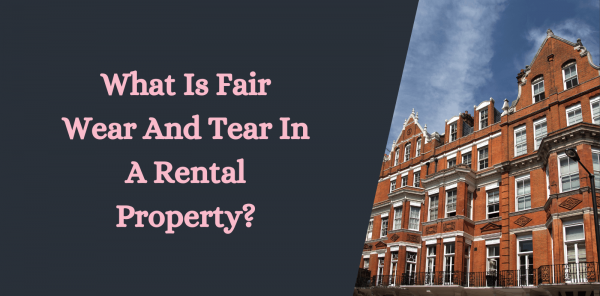Most commercial mold and mildew removers are effective at killing mold and removing stains but aren't always good for your lungs. You can make your own non-toxic mold remover with distilled white vinegar. The mild acidity of distilled white vinegar or cleaning vinegar kills 82 percent of mold species.2
How Often to Use Vinegar to Kill Mold
Any visible sign of mold should be removed immediately and measures should taken to reduce moisture levels that allowed the mold to grow. Vinegar can be used as frequently as needed.
Before You Begin
Vinegar will kill the mold, but it won't always remove stains caused by the mold. After treating moldy surfaces with vinegar, use a household cleaner to get rid of the stains. Vinegar can also pit, etch, or dull some materials like marble, limestone, granite, and hardwood. Always test the vinegar on an inconspicuous spot before using it as a mold remover.
When removing mold, it is best to wear old clothes that can be washed in hot water to remove any mold spores that might scatter. Put on a face mask, protective eyewear, and gloves. To improve ventilation while you are cleaning, open windows or add a circulating fan. If you are working in a bathroom, turn on the ventilation fan, as well.
What You'll Need
Equipment / Tools
Spray bottle
Hard-bristled brush
Rubber gloves
Safety glasses
N-95 mask
Label
Distilled white vinegar
Essential oils (optional)
Plastic bags
Paper towels
All-purpose cleaner
Instructions
Pour undiluted vinegar into a spray bottle. Always use a new spray bottle, not one that contained other types of cleaners. Some chemicals when mixed with vinegar can cause problematic reactions. Label the bottle.
Opt for Scented Vinegar
If the smell of vinegar is too strong, you can make and use scented vinegar. Use herbs or add 10 to 30 drops of your favorite essential oil into the spray bottle. Some essential oils that mix well with vinegar are eucalyptus, citrus oils, or a blend of lavender and lemon. When blending oils, use 10 to 15 drops of each fragrance. Mix thoroughly.
Apply to Surfaces
Protect your eyes and skin from splashing by wearing rubber gloves and eye protection while cleaning with vinegar. Wear a protective mask to prevent the inhalation of mold spores.Spray the solution directly on the mold, saturating it well. Leave the vinegar to work for at least 30 minutes to one hour.
Remove Mold and Stains
Once the vinegar has done its job and killed the mold, rinse the area well with water and wipe down the surface with a sponge or paper towels.Use an all-purpose cleaner and a stiff brush to remove any stains from grout on tiled surfaces. For walls and fixtures, use a fresh sponge and a cleaner to remove stains by following the label directions on the cleaner.
Bag and Toss Sponge or Paper Towels
Place the sponge, paper towels, and brush used to remove the mold in a plastic bag. Tie the bag tightly and discard it in an outside trash container. This is to prevent mold spores from contaminating the rest of the house.
When to Call a Professional
If you catch mold growth while it is a small colony, it can usually be removed safely with home methods. However, if the mold growth is extensive, it is important to determine what type of mold you have in your home. If the mold infestation is deemed to be toxic or covers 10 or more square feet, then a professional should handle the removal.3 Local public health departments can offer advice on mold testing and refer you to an expert mold remover.
Tips to Prevent Mold Growth
- Find the source of excess moisture and humidity in your home.
- Check plumbing and repair leaks.
- Check roofs, doors, and windows for leaks or condensation.
- Install a dehumidifier.
- Always use the bathroom fan when bathing or showering to help reduce humidity levels.
- Open windows or add a circulating fan to improve air circulation.
- Install moisture barriers in crawl spaces.
- Use mold-inhibiting paint in kitchens, bathrooms, and basements.
Sources: The Spruce






Share this with
Email
Facebook
Messenger
Twitter
Pinterest
LinkedIn
Copy this link